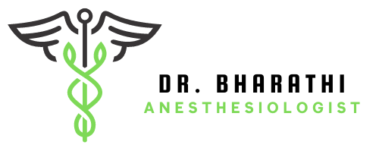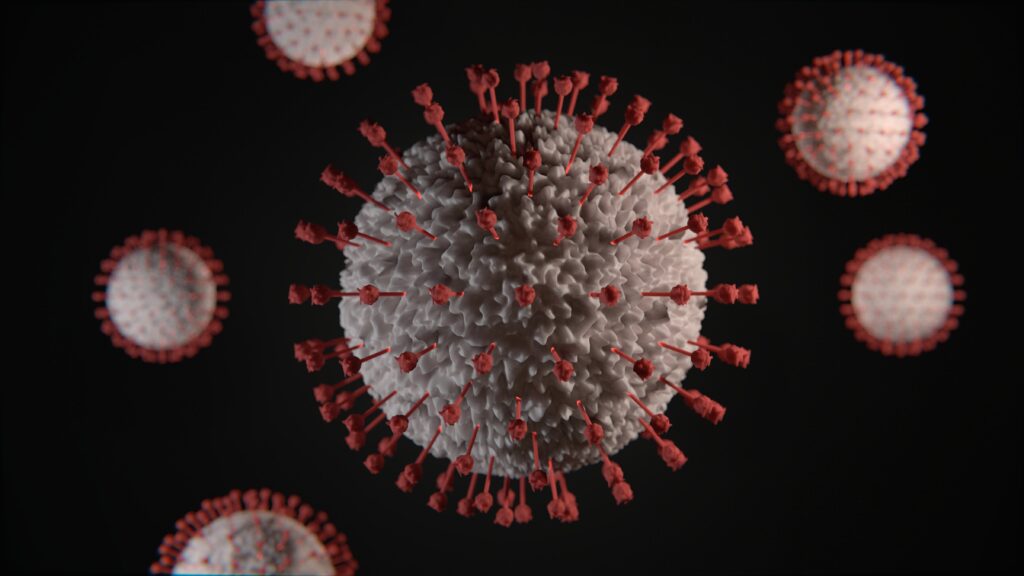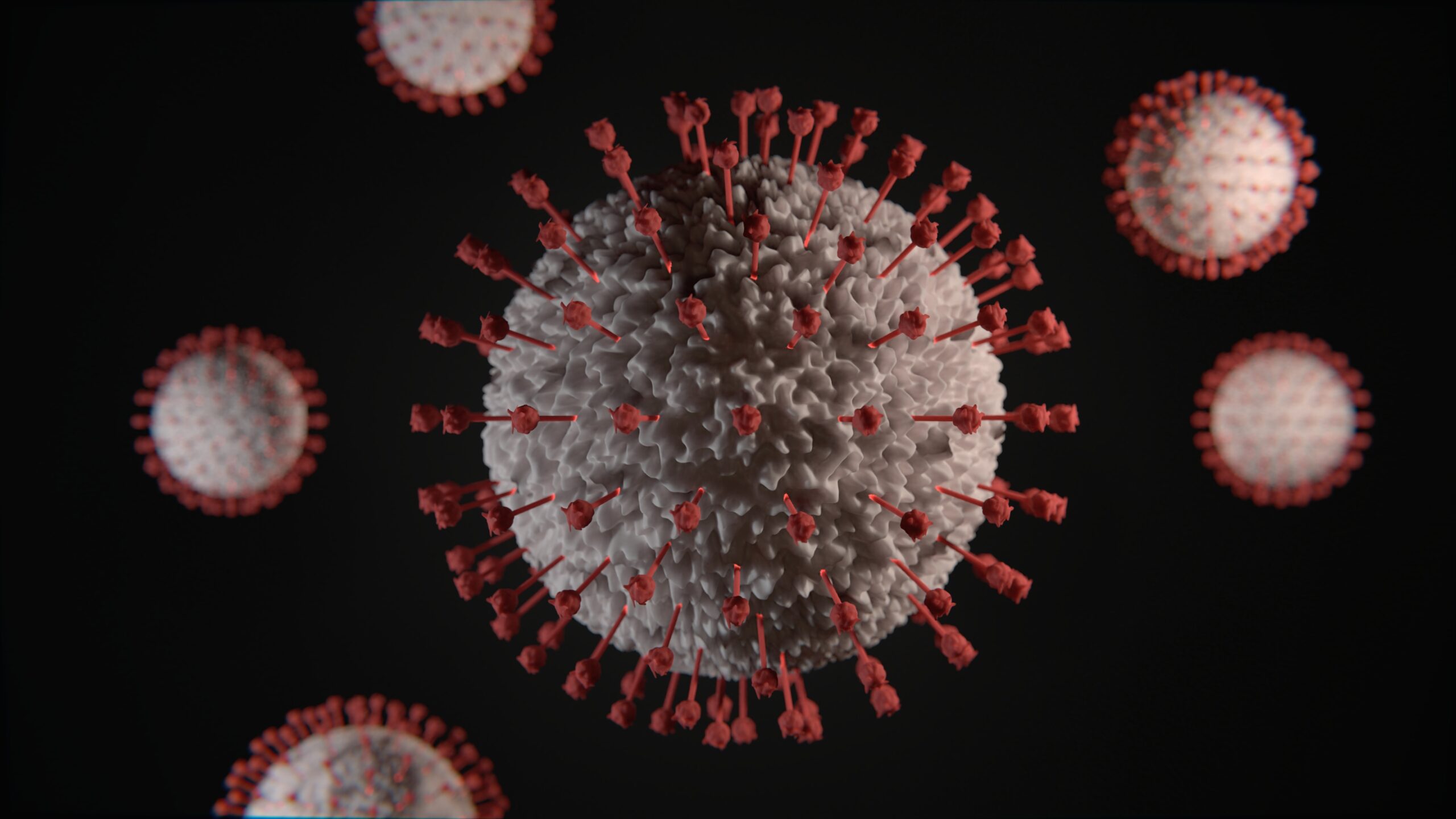What is lymphoma ?

Lymphoma is a type of cancer that originates in the lymphatic system, which is a part of the body’s immune system. It primarily affects lymphocytes, a type of white blood cell, leading to the uncontrolled growth of these cells. There are two main categories of lymphoma: Hodgkin lymphoma and non-Hodgkin lymphoma, each with various subtypes. Symptoms can include swollen lymph nodes, fever, weight loss, fatigue, and night sweats. Treatment options depend on the type and stage of lymphoma and may include chemotherapy, radiation therapy, immunotherapy, and stem cell transplant. Early diagnosis and treatment can significantly improve outcomes for individuals with lymphoma.
Types of lymphoma
Lymphoma is broadly categorized into two main types: Hodgkin lymphoma (HL) and non-Hodgkin lymphoma (NHL). These categories can be further divided into various subtypes. Here’s a brief overview of some common types:
- Hodgkin Lymphoma (HL):
- Classic Hodgkin Lymphoma (cHL): This is the most common subtype of Hodgkin lymphoma and includes several subtypes itself.
- Nodular Sclerosis Hodgkin Lymphoma
- Mixed Cellularity Hodgkin Lymphoma
- Lymphocyte-Rich Hodgkin Lymphoma
- Lymphocyte-Depleted Hodgkin Lymphoma
- Non-Hodgkin Lymphoma (NHL):
- B-cell NHL: The majority of NHL cases fall into this category, with numerous subtypes, including:
- Diffuse Large B-cell Lymphoma (DLBCL)
- Follicular Lymphoma
- Mantle Cell Lymphoma
- Chronic Lymphocytic Leukemia/Small Lymphocytic Lymphoma (CLL/SLL)
- Marginal Zone Lymphoma
- T-cell NHL: This category includes lymphomas that originate from T lymphocytes.
- Peripheral T-cell Lymphoma (PTCL)
- Anaplastic Large Cell Lymphoma (ALCL)
These are just some of the common types, and there are additional subtypes and variations within each category. The specific type and subtype of lymphoma can impact the prognosis and treatment options, so it’s important for a healthcare provider to determine the precise diagnosis.
Investigations
Lymphoma is diagnosed through a combination of medical evaluations and diagnostic tests. Here are some common investigations and diagnostic steps involved in the diagnosis of lymphoma:
- Medical History and Physical Examination: Your doctor will ask about your symptoms, medical history, and perform a physical examination to check for enlarged lymph nodes, spleen, or liver.
- Blood Tests: Blood tests may include a complete blood count (CBC) to check for abnormalities in blood cell counts and blood chemistry tests to assess the function of organs.
- Imaging Studies:
- CT (Computed Tomography) Scan: This imaging test provides detailed cross-sectional images of the body and helps determine the extent of lymphoma and whether it has spread.
- MRI (Magnetic Resonance Imaging): MRI may be used to examine specific areas, such as the brain or spinal cord.
- PET (Positron Emission Tomography) Scan: PET scans can help identify areas of increased metabolic activity, which can be a sign of cancer.
- Biopsy: A biopsy is the definitive method to diagnose lymphoma. It involves removing a sample of tissue (usually a lymph node) for examination under a microscope. There are different types of biopsies:
- Excisional Biopsy: Removal of an entire lymph node or affected tissue.
- Core Needle Biopsy: A needle is used to remove a small sample of tissue.
- Bone Marrow Biopsy: If there is suspicion of bone marrow involvement, a sample of bone marrow may be taken.
- Flow Cytometry: This test analyzes the characteristics of cells in a biopsy sample to determine if they are cancerous and what type of lymphoma it is.
- Molecular Testing: Molecular tests can identify specific genetic or molecular changes in lymphoma cells, helping with diagnosis and treatment planning.
- Bone Marrow Aspiration and Biopsy: If lymphoma is suspected to involve the bone marrow, a sample may be taken from the bone marrow for examination.
- Lumbar Puncture (Spinal Tap): If there is concern about central nervous system involvement, a sample of cerebrospinal fluid may be collected for analysis.
- Staging: Once lymphoma is confirmed, staging is performed to determine the extent and severity of the disease. Staging helps guide treatment decisions.
- Additional Tests: Depending on the specific type of lymphoma and individual circumstances, other tests, such as genetic testing and cytogenetic analysis, may be conducted.
It’s essential to work closely with your healthcare team to undergo the necessary investigations for an accurate diagnosis and to develop an appropriate treatment plan if lymphoma is detected.
Treatment
The treatment for lymphoma depends on several factors, including the type of lymphoma, its stage, the patient’s overall health, and individual preferences. Here are some common treatment options for lymphoma:
- Watchful Waiting: In some cases, particularly for indolent (slow-growing) lymphomas, no immediate treatment may be necessary. The patient is carefully monitored, and treatment is initiated only when the disease progresses.
- Chemotherapy: Chemotherapy involves the use of drugs to kill or slow the growth of cancer cells. It is a standard treatment for many types of lymphoma and can be given orally, intravenously, or through other methods.
- Radiation Therapy: Radiation therapy uses high-energy X-rays or other forms of radiation to target and destroy cancer cells. It may be used alone or in combination with other treatments.
- Targeted Therapy: Targeted therapies are drugs that specifically target certain molecules involved in cancer cell growth. They are often used in combination with chemotherapy for specific types of lymphoma.
- Immunotherapy: Immunotherapy helps the immune system recognize and attack cancer cells. Monoclonal antibodies, CAR-T cell therapy, and checkpoint inhibitors are examples of immunotherapies used in lymphoma treatment.
- Stem Cell Transplant: For certain high-risk or relapsed lymphomas, a stem cell transplant may be recommended. This procedure involves replacing the patient’s bone marrow with healthy stem cells, either from the patient (autologous transplant) or a donor (allogeneic transplant).
- Surgery: Surgical removal of affected lymph nodes or masses is rarely used as the primary treatment for lymphoma but may be necessary in specific situations.
- Clinical Trials: Participation in clinical trials offers access to experimental treatments and therapies that are being tested for their effectiveness in treating lymphoma.
The choice of treatment depends on the individual’s specific diagnosis and should be discussed in detail with a healthcare team that specializes in lymphoma care. Treatment plans may also evolve over time based on the patient’s response to therapy and the progression of the disease. It’s essential for patients to ask questions, understand their options, and work closely with their healthcare providers to make informed decisions about their lymphoma treatment.
Pinpoint precautions
When dealing with lymphoma or undergoing lymphoma treatment, it’s crucial to take certain precautions to maintain your health and well-being. Here are some pinpoint precautions:
- Infection Prevention:
- Practice good hand hygiene by washing hands frequently with soap and water.
- Avoid close contact with individuals who are sick.
- Consider getting recommended vaccinations, but discuss this with your healthcare provider first.
- Be cautious about exposure to crowds, especially during flu season.
- Nutrition and Diet:
- Maintain a balanced diet to support your immune system.
- Discuss dietary restrictions or modifications with your healthcare team, especially during chemotherapy or stem cell transplant.
- Physical Activity:
- Stay active if possible, as regular exercise can help improve mood and overall well-being. However, consult with your healthcare provider to determine the appropriate level of activity.
- Skin Protection:
- Protect your skin from direct sunlight and use sunscreen with a high SPF to reduce the risk of skin cancer, a potential long-term effect of some lymphoma treatments.
- Monitoring Side Effects:
- Keep a record of any treatment-related side effects and report them promptly to your healthcare team.
- Emotional and Mental Health:
- Seek emotional support from friends, family, support groups, or mental health professionals.
- Practice stress-reduction techniques, such as meditation or mindfulness, to cope with the emotional aspects of the disease and treatment.
- Medication Adherence:
- Take prescribed medications exactly as instructed by your healthcare provider to maximize their effectiveness and manage side effects.
- Follow-up Appointments:
- Attend all follow-up appointments and monitoring tests as recommended by your healthcare team to track your progress and address any issues promptly.
- Avoid Smoking and Alcohol: It’s advisable to avoid smoking and limit alcohol consumption, as these habits can have negative effects on your overall health and may interact with some treatments.
- Travel Considerations:
- Discuss travel plans with your healthcare provider, especially if you plan to travel abroad. Ensure you have necessary medications and health documents.
- Support System:
- Build a strong support network of friends and family who can provide emotional and practical assistance during your lymphoma journey.
- Educate Yourself: Be well-informed about your specific type of lymphoma, treatment options, and potential side effects. Knowledge empowers you to make informed decisions.
Always consult with your healthcare team for personalized precautions and guidance tailored to your individual condition and treatment plan. They can provide you with the most relevant and up-to-date information to ensure your safety and well-being.





